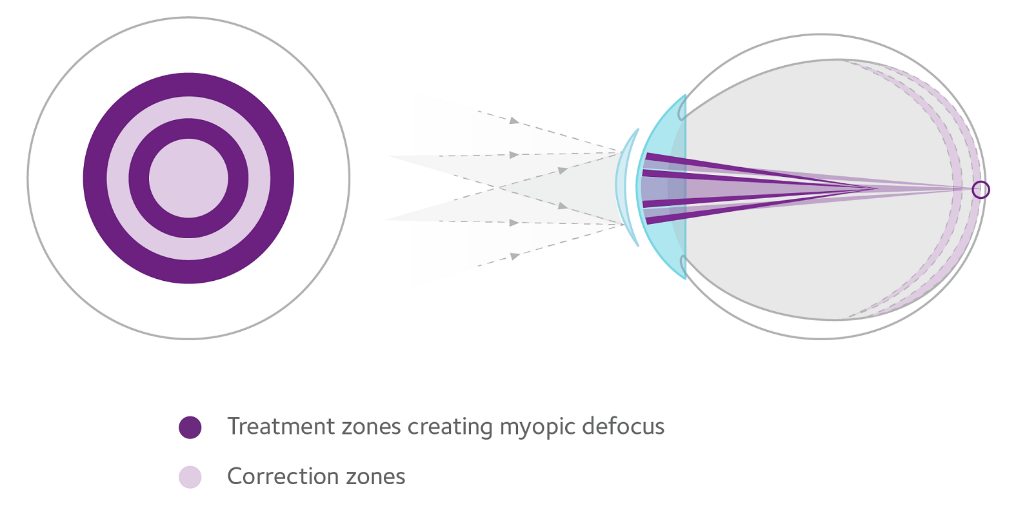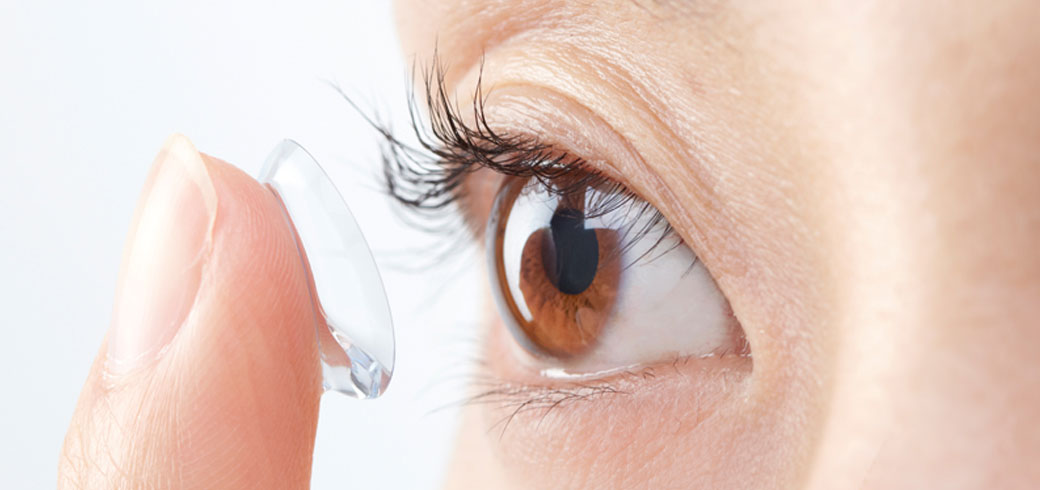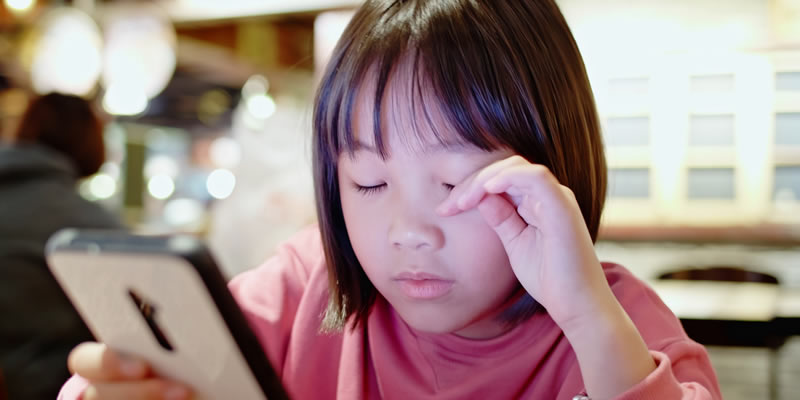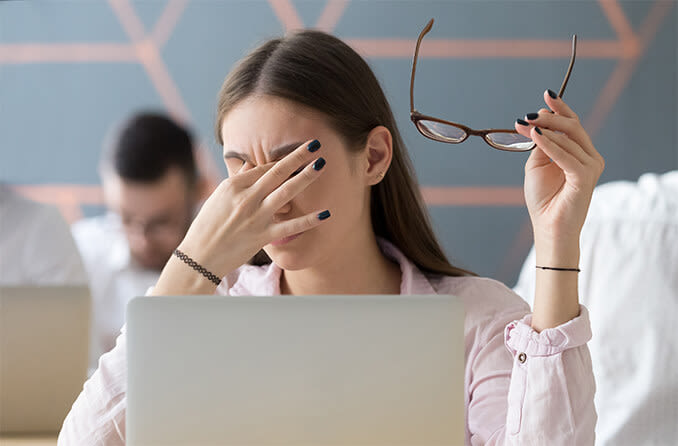There is a FDA-approved contact lenses for daily wear and single-use that have been shown to slow the progression of myopia (nearsightedness). Slowing the progression of myopia in children may reduce their risk of developing severe eye diseases such as macular degeneration, retinal detachment, and glaucoma later in life.
Myopia Management
Myopia, which occurs in school-aged children, is not a static condition; by the time you bring your child to their next eye exam, their level of nearsightedness likely will have increased. It typically stabilizes by the age of 20.
According to the American Optometric Association, 34% of American children ages 12-17 are myopic. All the more worrying is that, by 2050, myopia is expected to affect at least 5 billion people globally. In some areas of Asia, the rates are already surpassing 80-90% by the time teens attend university.
This is due in part to changing lifestyles, with children spending less time outdoors and more time focusing on close objects like digital screens. The long-term risks associated with myopia progression pose a serious public health challenge, and the World Health Organization and other international health bodies and NGOs have already added myopia to the agenda of serious concerns.
The goal in myopia management is to reduce abnormal eye growth and elongation. Once a child is diagnosed with myopia, eye doctors typically prescribe eyeglasses or standard contact lenses. While these help the child see better, they cannot slow myopia’s progression. By using the most advanced myopia management methods — myopia control contact lenses —can help your child slow the progression of myopia and limit the risks of vision-robbing eye diseases later in life.
What are myopia control contact lenses?
The contact lens is daily disposable contact lens specifically designed for myopia control. It is a centre distance dual focus concentric ring design with alternating distance vision correction zones (two) and treatment zones with +2.00D of defocus (two). It is NOT a multifocal contact lens in the traditional sense of those prescribed for presbyopia. Instead, it is a dual-focus lens which is designed to create simultaneous defocus on the retina for both distance and near viewing – with an image falling on the retina to correct myopia and the +2.00D of defocus falling in front of the retina to create myopic defocus as a ‘slow-down’ signal for childhood eye growth.

Safety and Effectiveness of Contact Lenses
The safety and effectiveness of the myopia control lens were studied in a 3-year clinical trial of 135 children aged 8 to 12 who were prescribed either myopia control contact lenses or traditional soft contact lenses. Over the 3-year period, myopia progressed at a much slower rate — by 59% to be exact — in the children who wore the myopia control contact lenses compared to the children who wore conventional soft contacts. These results indicate that the myopia control contact lenses could be an excellent option for slowing myopia progression in your child.
My experience with the myopia control contact lenses
For the first time wearing myopia control contact lenses, my vision was a little different at the start. It took few minutes for me to adapt and have clear distance vision. However, I struggled with my near vision. It was not blur, just seem a little different from normal (like double vision or shadow). It is due to the design of the lens- defocus zone which help to slow down the progression of myopia. The condition improved after a couple of days wearing them. Now, I can see clear with it and experience freedom from glasses. It is super easy to use and handle. It makes my life so convenient.






Recent Comments